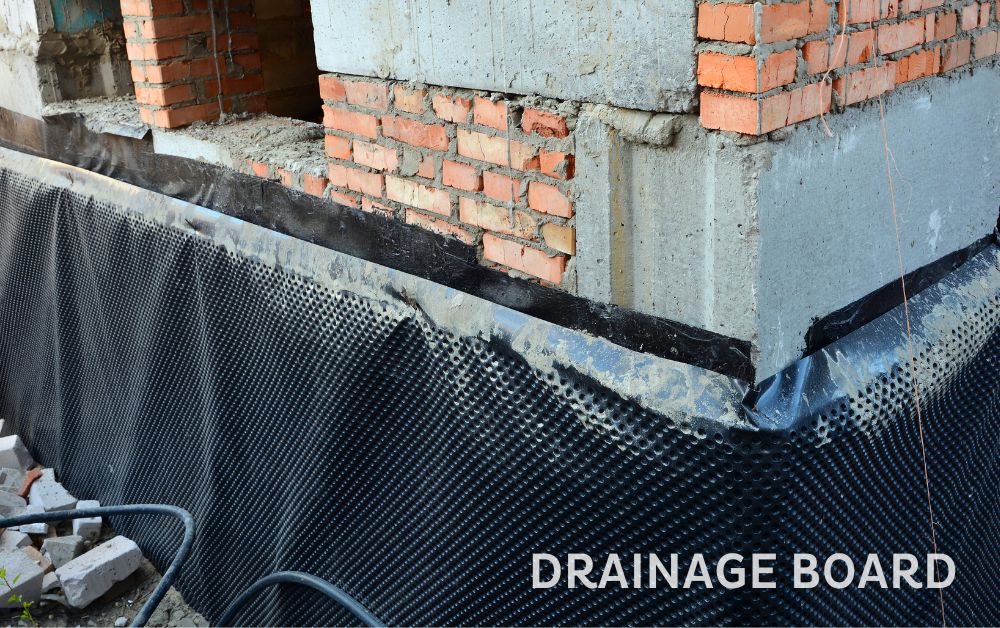Ways to Identify Waterproof Failures Quickly

The process of waterproofing is an crucial aspect of upholding the integrity and durability of any residence or edifice. Without proper waterproofing, structures are susceptible to flood damage, mold growth, and structural issues that can lead to high repair costs. As the saying goes, prevention is better than cure, and understanding how to detect waterproofing failures early can help you avoid a fortune in unnecessary expenses down the line. In this guide, we will discuss the critical signs and symptoms of waterproofing issues, ensuring you can act before it's too far gone.
Whether you are a homeowner or managing a business space, being cognizant of the possibility for water infiltration is crucial. From ceilings and lower levels to bathrooms and exteriors, every area of a property can face waterproofing challenges. By identifying the early warning signs, you can confront them directly and implement effective solutions tailored to your requirements. Join us as we explore the world of waterproofing, enabling you with the insight to defend your property and ensure a safe, moisture-free environment.
Key Aspects of Waterproofing
Waterproofing is a critical element of maintaining the integrity of all structure, be it a family or a commercial building. It serves as a defensive barrier against water intrusion, which can lead to substantial damage, including fungal growth, architectural weakening, and substantial repairs. Understanding why waterproofing is important for each home and building allows homeowners and landlords to take proactive measures in safeguarding their investments.

One of the main goals of waterproofing is to prevent water from entering cellars, foundations, and other vulnerable areas. This entails a careful assessment of potential water sources, such as precipitation, subsurface water, and even plumbing leaks. By identifying signs that your property needs waterproofing before it's too late, you can address issues promptly, thereby saving a fortune in repairs. Implementing effective waterproofing solutions can enhance the durability and safety of your property while providing assurance.
Additionally, choosing the correct waterproofing method—be it interior or outside—is important for long-term effectiveness. Each type has its pros and is suited for specific situations. Moreover, comprehending common waterproofing myths, such as misconceptions about DIY versus expert solutions, can help landowners make informed decisions. Ultimately, investing in suitable waterproofing not only safeguards physical buildings but also enhances energy efficiency and advances sustainable building practices.
Determining Water-resistant Demands
To successfully identify waterproofing needs in your home or building, commence by examining areas frequently subjected to moisture. Check basements, bathrooms, kitchens, and roofs for any indications of water damage. https://canvas.instructure.com/eportfolios/3535765/entries/13029540 on the lookout for stains on walls or ceilings, mold growth, or peeling paint, as these issues can be signals of ongoing leaks or inadequate waterproofing. Regularly inspect these locations, especially after significant rain or flooding, to catch potential issues early.
Furthermore, pay attention to the external environment around your building. Ensure that drainage systems and down pipes are in proper condition and leading water away from the foundation. If water pools around your building during precipitation, this can lead to serious waterproofing concerns. Inspect your landscaping to ensure proper grading, which should encourage water to flow away from your home rather than into contact with it.
Finally, reflect on the age of your waterproofing systems. Materials deteriorate over time, and what may have operated adequately in the past might no longer provide adequate protection. Realizing when to reevaluate and improve your waterproofing measures can prevent costly repairs down the line. Be proactive in maintaining waterproofing solutions to protect your building from water damage.
Determining Waterproofing Methods
As you selecting the right waterproofing solution for your property, it is vital to consider the individual needs of your space. Factors such as weather, building design, and the kind of flooding will influence the most efficient method. For instance, homes in areas with heavy rainfall may call for stronger exterior solutions, while properties with problematic basements might benefit more from interior waterproofing techniques. Evaluating these aspects will guide you to the most appropriate waterproofing option.
You also should evaluate the advantages and disadvantages of DIY versus professional waterproofing. Although DIY methods can save some money, they frequently lack the performance of a professional installation. Specialists can provide knowledge in spotting potential issues and utilizing sophisticated techniques that might not be accessible to a novice. Examining different contractors and assessing their expertise and customer reviews is key in making an informed decision.
Finally, don’t dismiss the long-term effects of your choice. wet basement Toronto -quality waterproofing solutions may require a larger upfront investment, but they will in the end save you a significant amount in repairs and maintenance costs in the future. Taking the time to compare warranties, product quality, and the collective reputation of waterproofing materials can help that you choose a reliable and efficient solution to protect your property from flooding.
